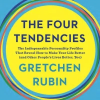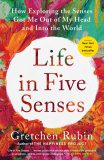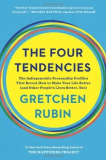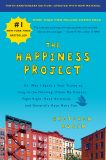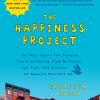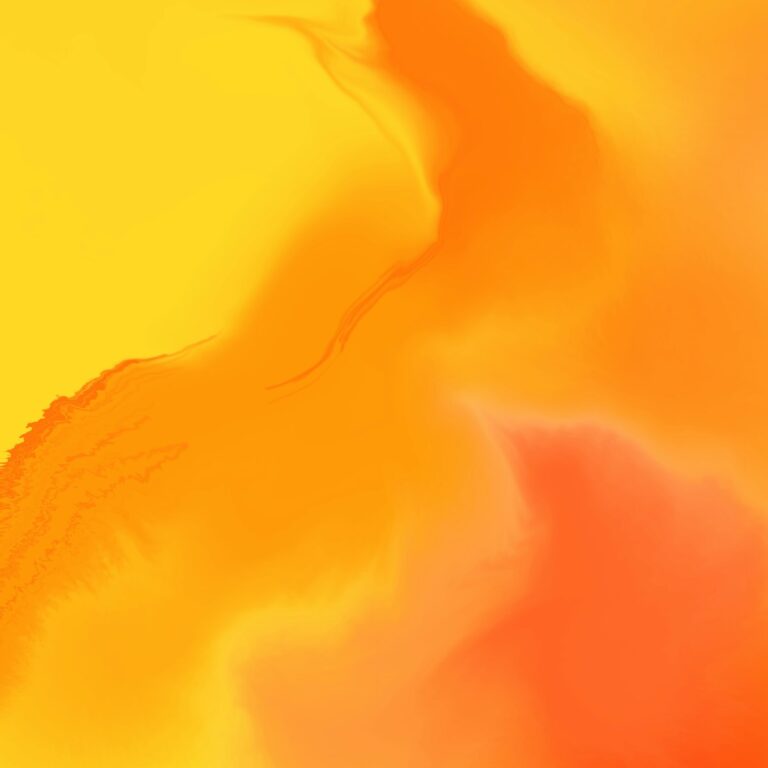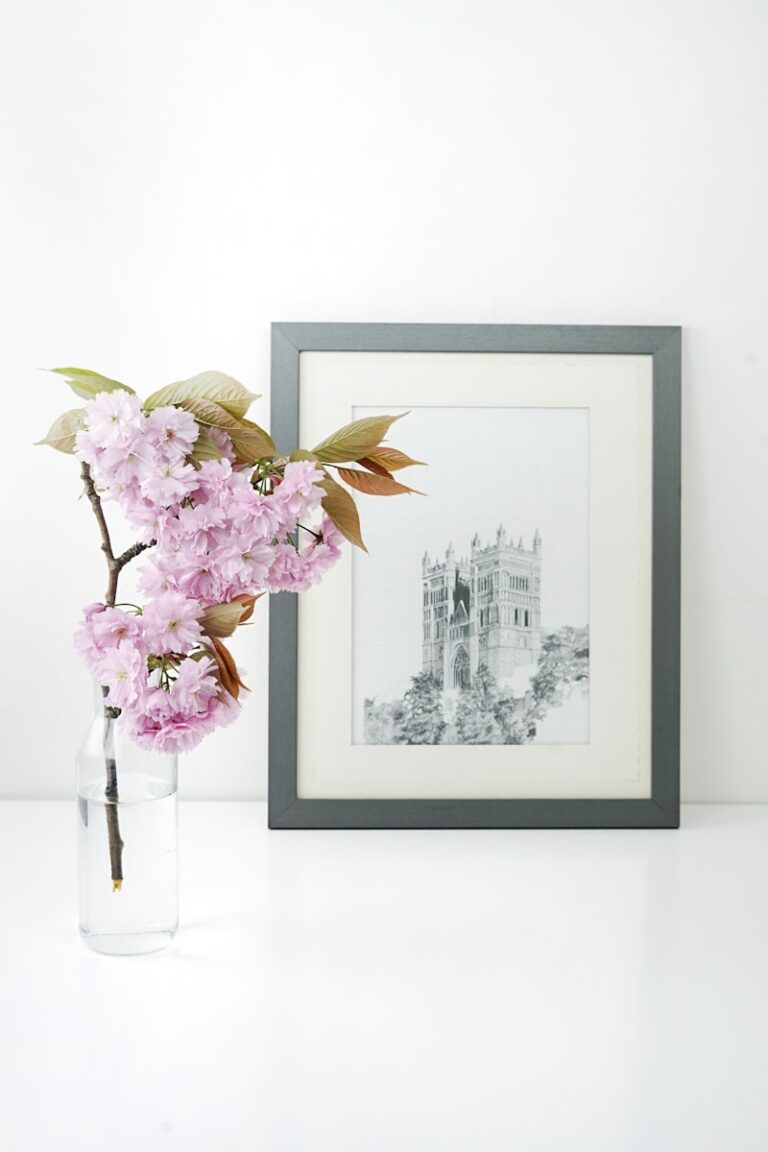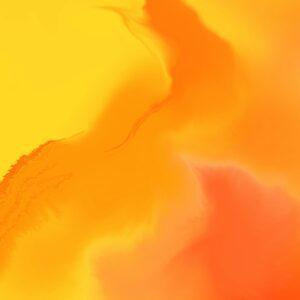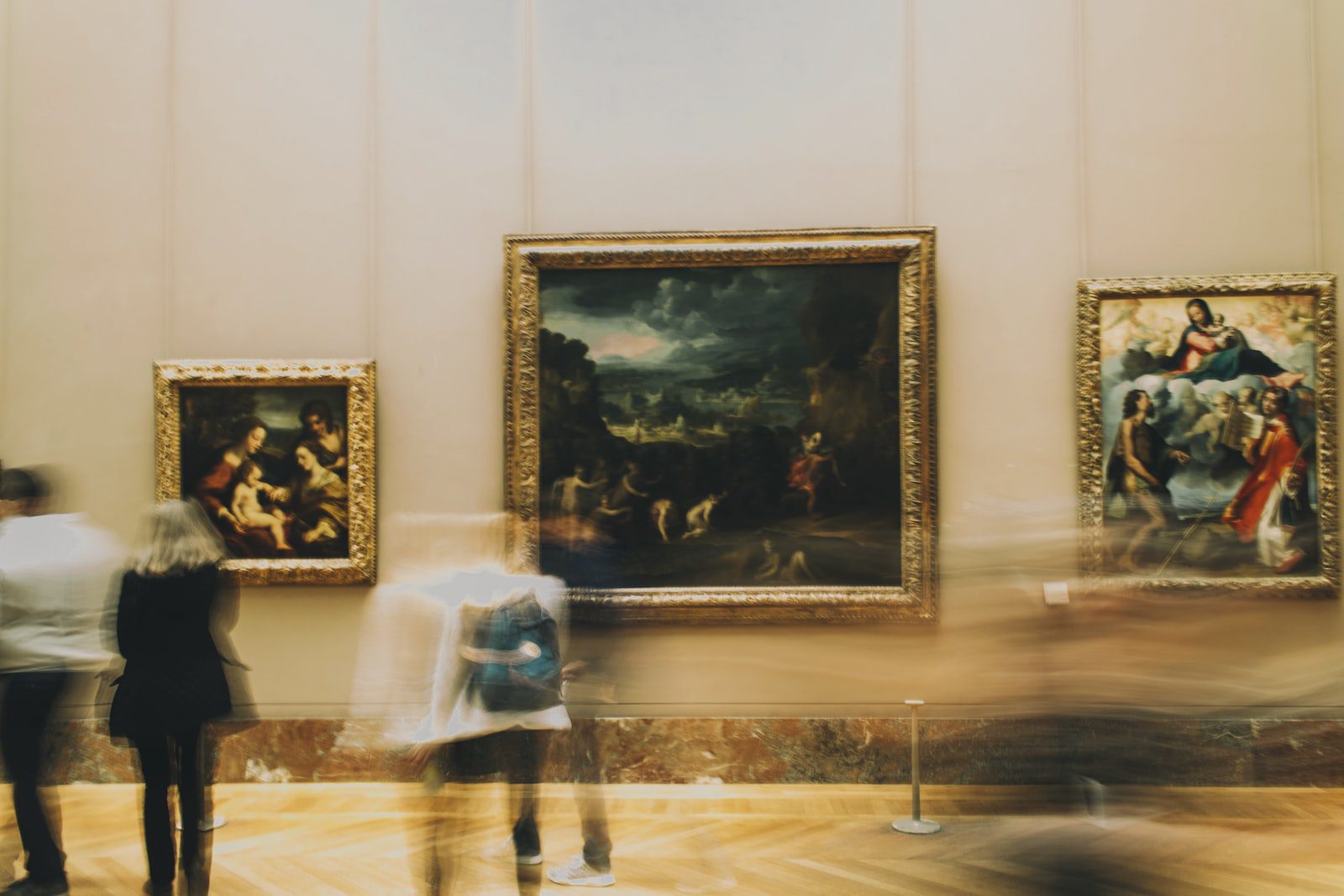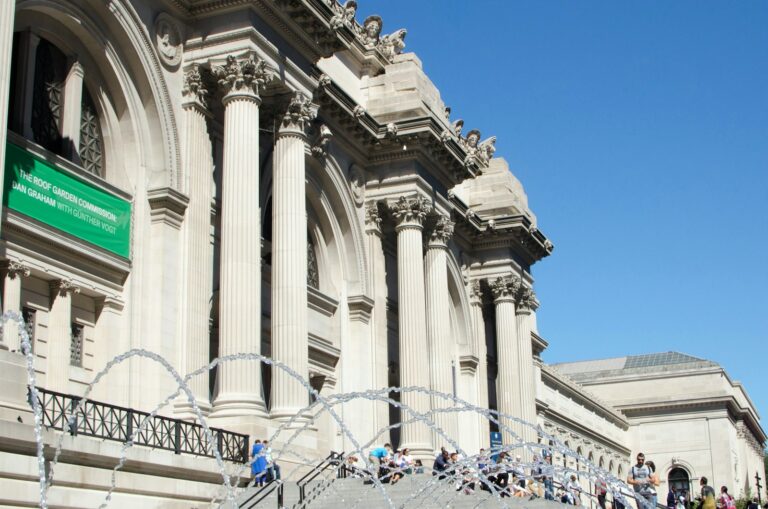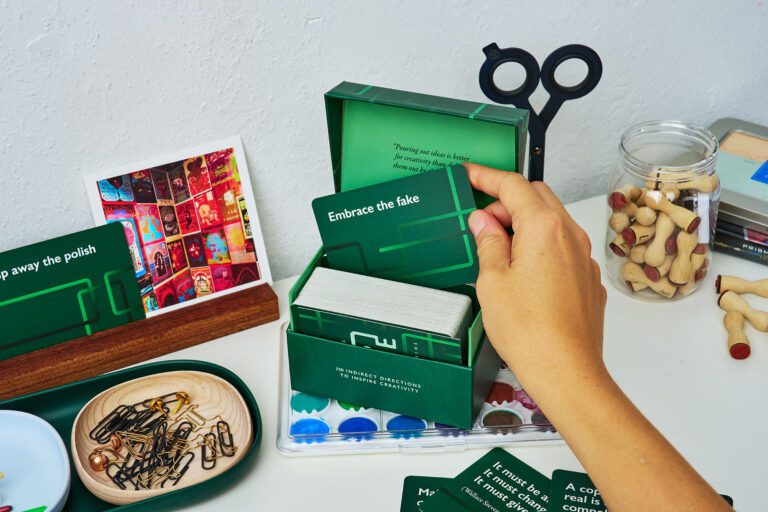Visiting a museum to look at art can be an intimidating or overwhelming experience.
Most of us aren’t experts, and we might think that we’re not looking at the art in the “right” way. But there’s no one right way to look at art!
When I was writing my new book Life in Five Senses, I decided to challenge myself to visit the Metropolitan Museum of Art every day for a year. (I’m extremely fortunate to live within walking distance of the Met.)
That year is over, and now I’m on my third year of going to the Met every day. I love these visits! One nice thing: because I go every day, and I’ve joined as a member, my visits can be as long or as short as I want.
As I made my visits, I found many ways to help me look at the art with fresh eyes. Whether you’re visiting a small local gallery or a huge museum, and whether you’re a frequent art appreciator or looking for somewhere to start, try these suggestions to help you slow down, notice details, and experience art in a new way.
- Search for a specific color. For instance, you might choose a particular Pantone color, such as the Color of the Year, and look for it.
- Look for things that surprise you—in the Met, I was surprised to see how often the Buddha is depicted with a mustache (but why not?)
- Imagine what you would create to sell in the gift shop.
- Walk across the room to look at an object from a distance.
- Stand near to an object to examine it closely.
- Look at a single object for thirty minutes.
- Look in the object’s corners and edges.
- Buy a postcard of an object, then compare the postcard to the actual object.
- Read the label.
- To look more carefully at a color, make a small circle with your fingers and isolate it from its context (a color often isn’t what we assume it is).
- Identify distinctions among similar items—Greek vases, Egyptian amulets.
- Look at an artwork in a hand mirror, to see it reduced and reversed.
- Squint at an artwork, so details vanish to reveal a simpler composition of shape and color.
- Hold up a hand to block one part of the work, to see how its absence affects everything else.
- Search for a tiny detail that’s easy to overlook.
- Listen to music as you look at the art, to create a soundtrack to the experience.
- Read a book, watch a movie, or see a play that mentions an artwork, then go look at it for yourself—such as the novels The Goldfinch, Girl with a Pearl Earring, or The Second Mrs. Gioconda.
- Use the audio guide.
- Look for what space has been left empty.
- Search for a particular element throughout the collection—at the Met, I look for swans, items with supernatural powers, mistakes, skulls, frogs.
- Examine the frame.
- Look for any anything that breaks the frame.
- Look for shifts in scale.
- Look at the “negative space,” the space around an artwork or an image depicted by the work.
- Pay attention to how the soundscape of an area—noisy, quiet, echoing, muffled—influences the way you see.
- Look for triangles, squares, rectangles, circles.
- In portraits, look for the “catchlight” in a sitter’s eyes—the tiny white specks that show light reflecting off the shiny eyes of the subject.
- Ask other people to tell you their favorite artworks, then go look at them (we’re always interested to know what others find interesting).
- Look for particularly spectacular color combinations.
- Consider the relationship of the title to the artwork—I’ve always loved the painting and title of Charles Demuth’s I Saw the Figure 5 in Gold.
- Puzzle out the meaning of symbols and iconography.
- Look for elements of nature in the museum’s galleries: water, plants, sunlight.
- Find five pieces featured on items in the gift shop, then go look at the actual pieces.
- In each room, choose your favorite artwork.
- Create something based on a piece of art that resonates with you—a sketch, a story, a reimagining—or simply take notes on your thoughts and observations.
During my visits, I really enjoyed giving myself these kinds of visual assignments. I noticed more, and I had more fun, as I walked from Egyptian Art to Arms and Armor to the Damascus Room.
If you’d like more ideas about how to look at art, check out “Don’t ‘get’ art? You might be looking at it wrong.”
I like any exercise that gives me more appreciation for the world around me.

